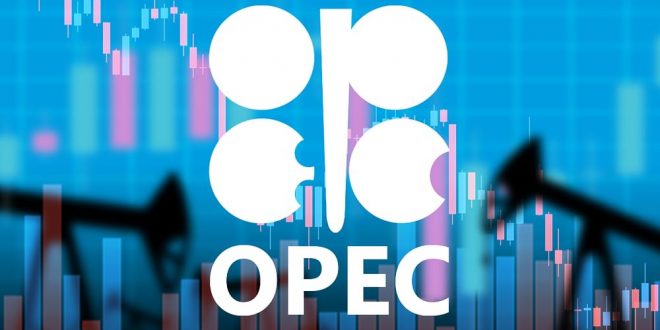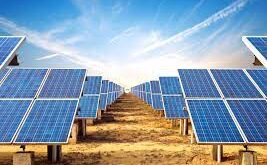Saudi Arabia and Russia have clinched a deal for an OPEC+ production increase by partly submitting to the United Arab Emirates’ demands for a more generous quota. But the compromise still leaves Riyadh and Moscow on top.
Of all the adjustments agreed recently to the group’s baselines – the level from which each member’s cuts are measured – the two largest OPEC+ members awarded themselves the biggest increases.
While the UAE’s baseline will rise by about 330,000 barrels a day to 3.5mn in May 2022 – a 10% increase – Moscow and Riyadh’s will jump by 500,000 barrels a day to 11.5mn
That may seem academic. Saudi Arabia has pumped that much only on the rarest of occasions, and the International Energy Agency sees Russia’s true capacity at 10.4mn barrels a day. Yet the generous headroom offered by these large numbers means the two countries will get back to pre-Covid output levels more quickly than fellow members, and keep going even higher if they are able.
As early as November, Saudi Arabia is on track to restore production to March 2020 levels – before the worst effects of the Covid-19 pandemic and before the price war that briefly pushed the kingdom’s output to a record.
Russia will pass that milestone in April 2022, assuming the 400,000 barrel-a-day monthly production increases are shared out proportionally between the Organization of Petroleum Exporting Countries and its allies.
By September 2022, when OPEC+ expects to have revived all of the oil production halted because of the pandemic, the UAE’s quota limit may still be pumping less than it did before the Covid-19 crisis.

 Iran Energy News Oil, Gas, Petrochemical and Energy Field Specialized Channel
Iran Energy News Oil, Gas, Petrochemical and Energy Field Specialized Channel



